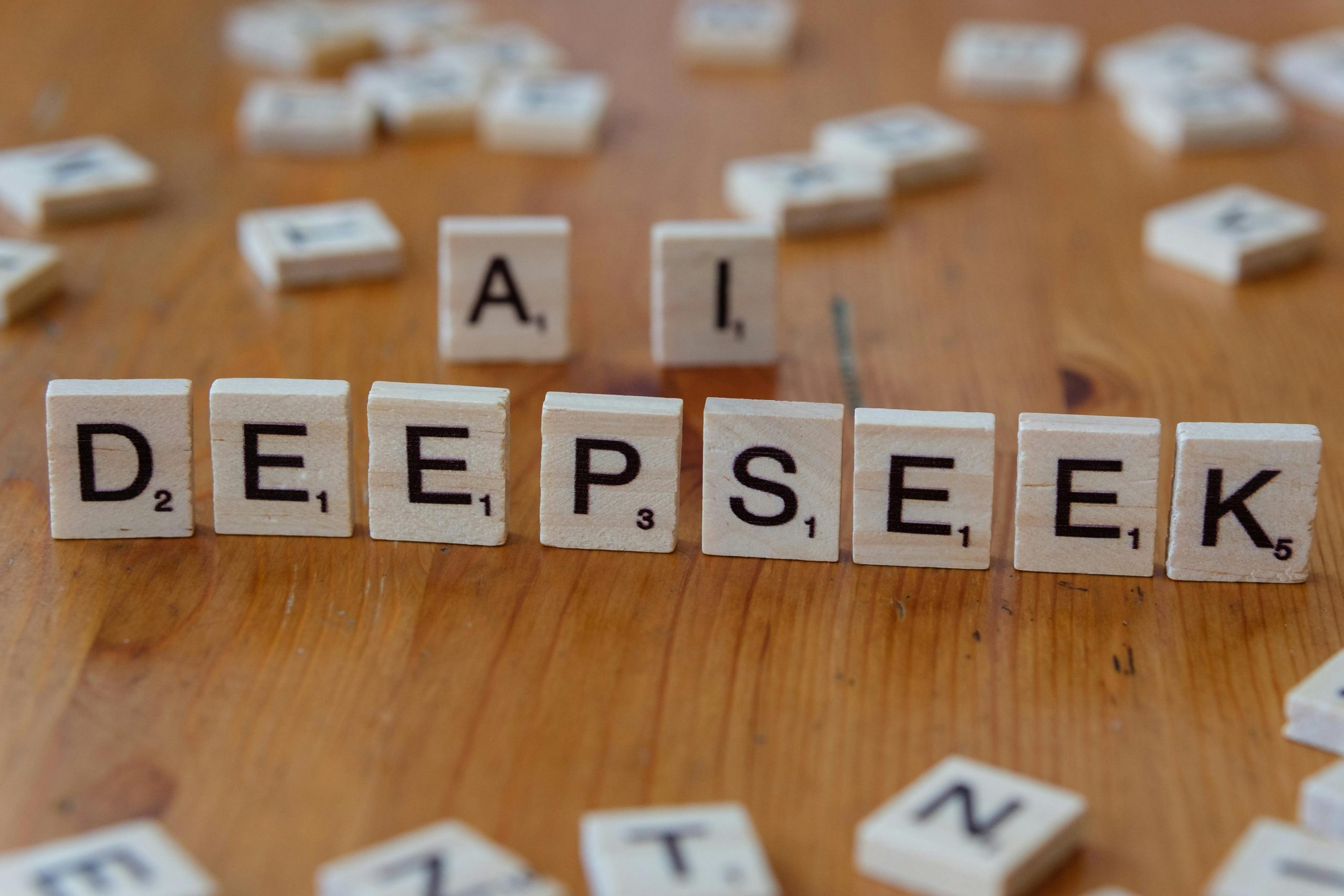What Now? Rethinking Spitballing and Planning After GPT’s Critical Breakdown
Navigating the Transition: Adjusting to the Changes in GPT-4’s Functionality
In recent discussions within the tech and creative communities, there’s been a significant shift in the way we engage with artificial intelligence, particularly GPT-4. Users are reporting unexpected changes in the model’s performance, prompting many of us to reassess how we can leverage these tools for brainstorming and planning purposes.
Understanding the Current Limitations
Previously, GPT-4 stood out as a powerful assistant, facilitating everything from idea generation to concise business communications. Now, however, many users have noticed a decline in its reliability. As we adapt to these changes, let’s break down the current experience with GPT-4:
-
Creative Challenges: Instances where the model fabricates information or provides incomplete responses are becoming more prevalent. This shift can hamper the brainstorming process that many relied upon for inspiration and clarity.
-
Feedback Loop: Users often find themselves needing to highlight errors or inaccuracies, which can be frustrating. After pointing out these issues, the model acknowledges them but may still fall short in delivering satisfactory corrections.
-
Indirect Guidance: Instead of offering direct assistance, there are moments where the model may suggest that users take on a larger portion of the work themselves, often pointing to alternative tools for completion.
Finding New Pathways for Idea Development
Even with these limitations, it doesn’t mean we have to abandon our use of AI altogether. Here are some practical strategies for adapting to the current landscape:
-
Supplement with Other Tools: Consider integrating additional software or platforms that can complement the brainstorming process. Using a combination of tools may provide a more rounded approach and help refine ideas more effectively.
-
Collaborative Efforts: Instead of relying solely on AI, it could be beneficial to collaborate with peers or teams. Engaging in discussions with others can spark creativity and provide fresh perspectives that AI may not be able to offer.
-
Embrace Iteration: Utilize the feedback from GPT-4 as a stepping stone. Even if the initial output isn’t ideal, iterating on those ideas with your own insights can foster innovation.
In conclusion, while the transition to a less reliable GPT-4 presents its challenges, it also opens the door to new methods of thinking and problem-solving. By adapting our strategies and utilizing a mix of resources, we can continue to push our creativity and productivity forward, regardless of the obstacles we encounter.














Post Comment